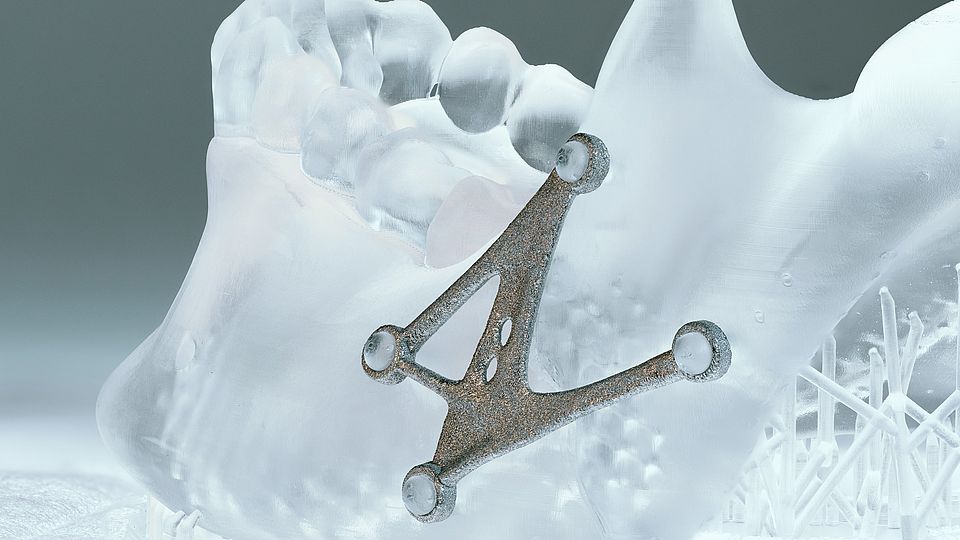Resin Material Details

General Informations
Standard Resin is a resin material used in Stereolithography 3D printing, abbreviated as SLA. In its raw state, Standard Resin is a liquid material that solidifies (polymerizes) using UV laser technology. Parts produced with SLA technology are characterized by a very smooth surface finish and high precision. Standard Resin was developed to cover a wide range of applications and is known for its high stiffness and structural integrity. As Standard Resin is manufactured using a UV curing process, it does not have meltability and is more brittle than thermoplastic components.
Ideal for Use in Water One significant advantage of SLA-printed parts is their high density and water resistance, making them suitable for applications involving immersion and water flow tests. The exceptional surface quality also lends itself well to wind tunnel testing and flow analysis.
Weather Resistance SLA parts are generally not weather or UV resistant and are often used for prototyping purposes. Components made from Standard Resin are best suited for environments protected from the elements.
Support Material In SLA 3D printing, the support material is the same as the printing material and must be manually removed. This can limit design freedom compared to other manufacturing methods.
Post-Processing SLA parts can undergo high-quality post-processing. They can be produced with fine details (down to 0.05 mm) and sharp edges. With appropriate post-processing such as painting or coating, these parts can also be used for long-term applications.
Printing in Resin
Minimum Wall: 0.3 mm
Smalest Detail: 0.05 mm
Layer hight: 0.05 mm
Max Print size:145 × 145 × 185 mm
Tollerance: 0.2% min ±0.15 mm
Delivery Times: Typicaly 5-8 Businessdays

Pro`s and Con`s
Pro:
- Exceptionally Smooth Surface: Standard Resin yields parts with an extremely smooth surface finish, perfect for applications where aesthetics and precision matter.
- High Precision: It offers outstanding dimensional accuracy and fine detailing capabilities, making it suitable for intricate designs.
- Fine Details Possible: With Standard Resin, you can achieve very small and intricate details in your 3D prints.
- High Stiffness: The material exhibits high stiffness, ensuring that your printed parts maintain their shape and structural integrity.
- Sharp Edges: Standard Resin allows for the creation of sharp and well-defined edges on your printed components.
Con:
- Low UV Resistance: Standard Resin is not resistant to UV radiation, which can cause degradation over time if exposed to sunlight or UV sources.
- Not Weather-Resistant: It is generally not suitable for outdoor or weather-exposed applications due to its lack of weather resistance.
- Manual Support Removal: In SLA 3D printing, the support material used is the same as the printing material and requires manual removal, which can be time-consuming.
- Brittle Characteristics: Standard Resin is relatively brittle compared to some other 3D printing materials, which may limit its use in load-bearing applications.
Applications of Resin 3D Print
Applications of Standard Resin 3D Printing
Standard Resin finds a wide range of applications thanks to its exceptional precision and smooth surface finish. Here are some common use cases:
- Injection Molding Prototypes: Standard Resin is ideal for creating prototypes that simulate injection-molded parts, helping in the design and testing of molds.
- Visual Components and Haptic Prototypes: It is commonly used for producing visually appealing components and prototypes with tactile features, making it suitable for various product development stages.
- Small and Miniature Parts: Due to its fine detailing capabilities, Standard Resin is perfect for crafting small and intricate parts used in various industries.
- Wind Tunnel and Flow Analysis Components: The high precision and smooth surfaces make Standard Resin parts suitable for wind tunnel testing and fluid dynamics analysis.
- Model Making and Model Railroads: Enthusiasts and professionals in model making and model railroading often utilize Standard Resin to create detailed miniature parts and structures.
Technical specifications
Mechanical Properties
Property | Test Method | Value |
Tensile Strength | ASTM D 638-10 | 65 MPa |
Tensile Modulus | ASTM D 638-10 | 2.8 GPa |
Elongation at Break | ASTM D 638-10 | 6.2% |
Flexural Modulus | ASTM C 790-10 | 2.2 GPa |
Notched Izod Impact Strength | ASTM D 256-10 | 25 J/m |
Heat Deflection Temperature | ASTM D 648-07 | 58.4 °C |
Heat Deflection Temperature | ASTM D 648-07 | 73.1 °C |
Solvent Compatibility
Solvent | 24 hr weight gain (%) |
Acetic Acid, 5 % | < 1 |
Acetone | Sample cracked |
Isopropyl Alcohol | < 1 |
Bleach, ~5 % NaOCl | < 1 |
Butyl Acetate | < 1 |
Diesel | < 1 |
Diethyl glycol monomethyl ether | 1.7 |
Hydraulic Oil | < 1 |
Skydrol 5 | 1 |
Hydrogen Peroxide (3 %) | < 1 |
Isooctane | < 1 |
Mineral Oil, light | < 1 |
Mineral Oil, heavy | < 1 |
Salt Water (3.5 % NaCl) | < 1 |
Sodium hydroxide (0.025 %, pH = 10) | < 1 |
Water | < 1 |
Xylene | < 1 |
Strong Acid (HCl Conc) | Distorted |


